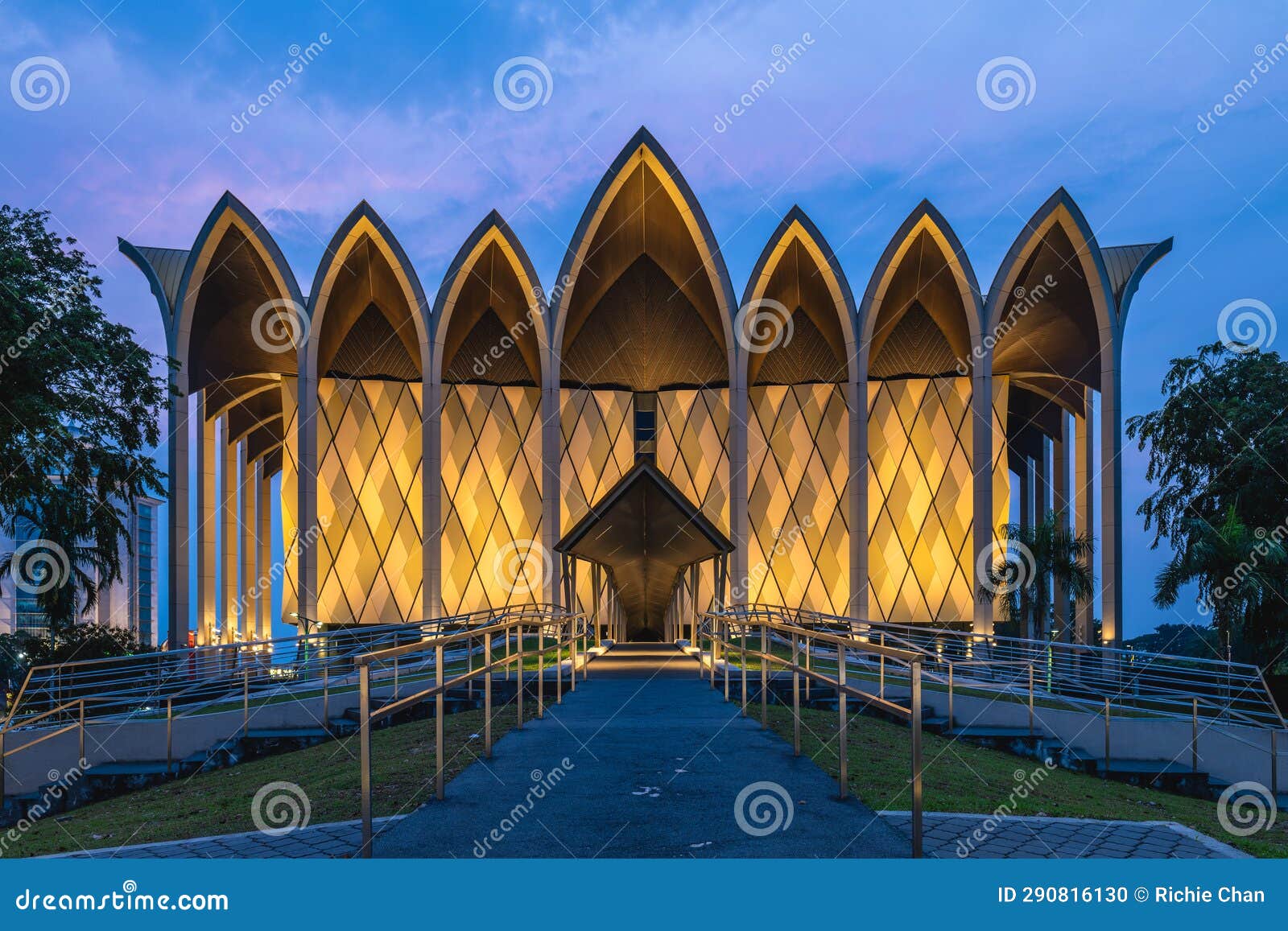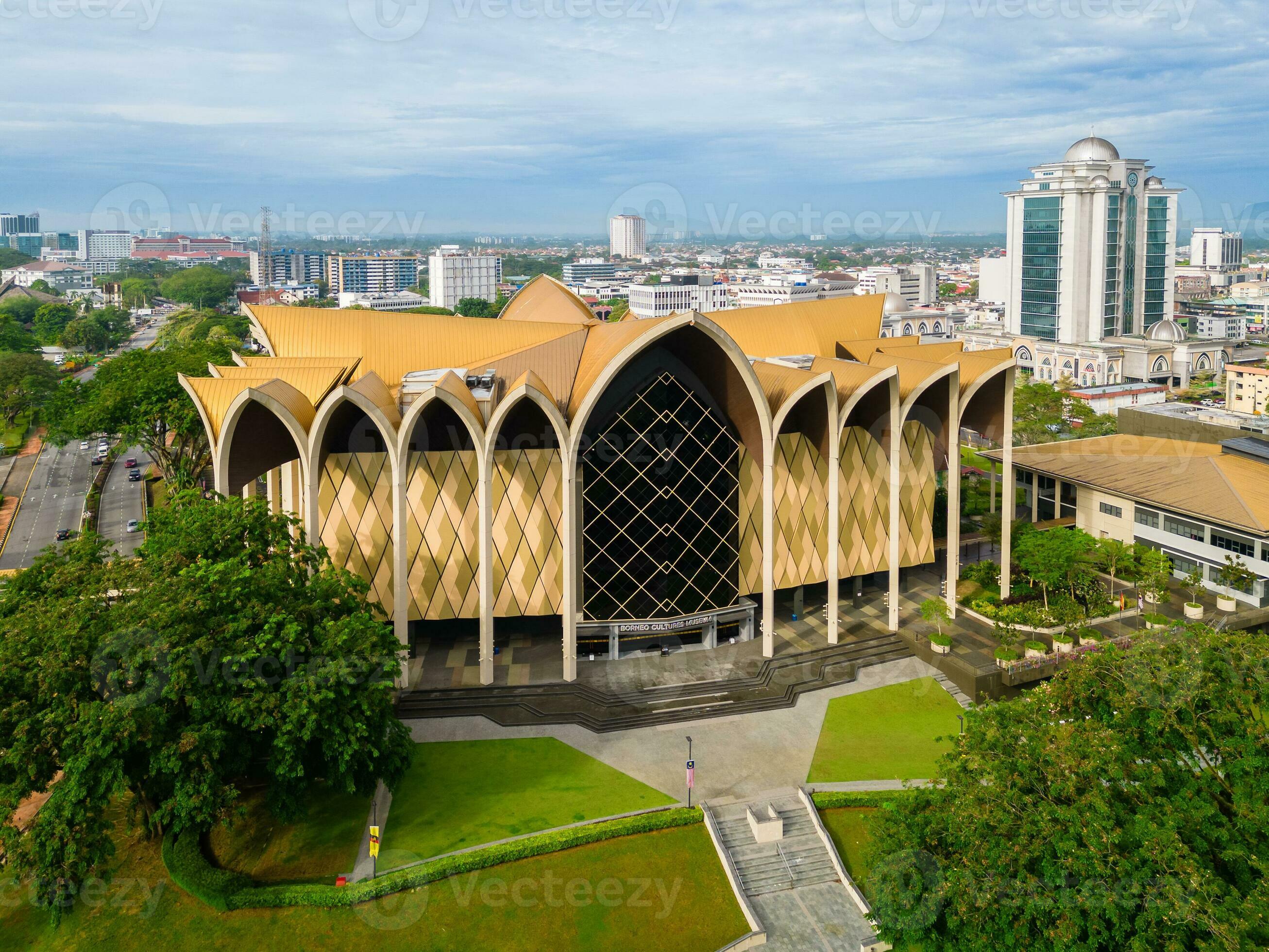Borneo Cultures Museum: Portal to Indigenous Knowledge
Borneo Cultures Museum: Portal to Indigenous Knowledge
Blog Article
Delve Into the Remarkable World of Borneo's Cultural Heritage: A Comprehensive Guide to the Cultures Museum Experience
Immersing oneself in the intricate tapestry of Borneo's cultural heritage belongs to starting a voyage with time and custom. The fusion of indigenous tribes, traditional inventions, exciting performances, and historical stories housed within the confines of the island's galleries provides a glimpse into a globe bristling with vivid custom-mades and extensive traditions. As site visitors go across through these repositories of culture, they are bid to explore a realm where past and present intermingle, welcoming consideration on the resilience and richness of Borneo's diverse heritage.
Native People of Borneo
Borneo is home to over 50 native tribes, each with special social techniques and customs that have actually been maintained for generations. Among these people are the Iban, known for their conventional longhouses and complex tattoos where several families live. The Dayak people, one more prominent team, engage in sophisticated spiritual ceremonies and are experienced artisans, crafting intricate timber makings and woven textiles. The Penan people, on the other hand, are nomadic hunter-gatherers with a deep link to the rainforest, making use of blowpipes for hunting and event wild plants for sustenance.
These native tribes play an essential role in maintaining Borneo's abundant social tapestry. Visitors to Borneo have the opportunity to immerse themselves in the unique lifestyles of these tribes via social trips, homestays, and community-based tourism efforts.
Conventional Handicrafts and Artefacts

One famous instance of conventional inventions in Borneo is the manufacturing of woven items - Borneo Cultures Museum. Experienced weavers use natural fibers like rattan, bamboo, and pandan delegates develop elaborate baskets, mats, and devices decorated with vivid patterns that hold symbolic meanings within the community
The art of woodcarving is one more considerable facet of Borneo's conventional handicrafts. Artisans carve elaborate layouts right into numerous kinds of timber to create masks, sculptures, and music instruments that not only serve practical objectives yet also hold social importance, commonly showing folklore or spiritual beliefs.
Furthermore, Borneo is renowned for its beadwork, with artisans diligently crafting grains from materials like glass, seeds, and coverings to develop precious jewelry, apparel decorations, and decorative products that display the region's vibrant visual customs. These typical handicrafts and artefacts not just function as tangible expressions of Borneo's cultural heritage but additionally supply understandings right into the neighborhoods' ideas, worths, and method of life.

Cultural Performances and Festivals
With an ingrained connection to their social practices, the areas in Borneo come alive with lively cultural efficiencies and celebrations that celebrate their heritage. These occasions showcase the rich diversity of Borneo's ethnic teams, each offering distinct dancings, music, and routines that have been given through generations. Among one of the most renowned events is the Gawai Dayak, celebrated by the Dayak individuals to mark the rice collecting period. During this celebration, traditional songs loads the air, elaborate dances are performed, and intricate standard costumes are put on. One more substantial event is the Pesta Kaamatan, commemorated by the Kadazandusun neighborhood to offer thanks for the rice harvest. This celebration includes cultural performances, including the Sumazau dancing, and traditional sporting activities like the bamboo dancing. Visitors to Borneo can immerse themselves in these celebrations, gaining a deeper understanding of the region's cultural heritage and experiencing the warm friendliness of its individuals. Cultural performances and events function as a vibrant suggestion of Borneo's abundant social tapestry and the importance of protecting these traditions for future generations.
Historic Stories and Artifacts
Exploring the historical stories and artifacts of Borneo uses a remarkable glance right into the area's rich past and social development. Borneo's historic tapestry is woven with varied impacts, reflecting the communications in between native tribes, Chinese investors, European colonizers, and Malay sultanates. The artefacts found in Borneo showcase this detailed background, varying from conventional crafts like elaborate beadwork and woodcarvings to archaeological prizes such as ancient pottery and devices.
Among one of the most compelling facets of Borneo's historic stories is the conservation of oral practices gave through generations. These tales provide understandings into the beliefs, customs, and every day lives of Borneo's inhabitants official site throughout the centuries. Furthermore, the artifacts uncovered from archaeological websites provide substantial connections to these narratives, enabling site visitors to witness the material society of past cultures firsthand.
Contemporary Cultural Preservation Efforts

In addition, academic programs and social exchange tasks play a crucial role in increasing awareness regarding the importance of preserving Borneo's unique social heritage. By engaging colleges, galleries, and the broader community in conversations and tasks that commemorate Borneo's diverse societies, preservation efforts can obtain energy and assistance for lasting sustainability. Cooperations between governmental bodies, charitable companies, and local areas are necessary in driving these preservation endeavors ahead, guaranteeing that Borneo's abundant cultural heritage continues to be lively and cherished for generations to find.
Verdict
Finally, the cultural heritage of Borneo is abundant and varied, with native people, standard handicrafts, cultural performances, events, historic stories, and contemporary preservation efforts all adding to its individuality and significance. Site visitors to Borneo's cultural galleries can get a deeper understanding and gratitude of the area's social More Help heritage, permitting a more immersive and informing experience.
Submersing oneself in the elaborate tapestry of Borneo's cultural heritage is comparable to beginning on a voyage with time and tradition.With a deep-rooted link to their social traditions, the communities in Borneo come active via dynamic social efficiencies and events that celebrate their heritage. Social efficiencies and celebrations offer as a vibrant tip of Borneo's rich cultural tapestry and the importance of preserving these customs for future generations.
Additionally, instructional programs and cultural exchange activities play a crucial role in raising understanding about the significance of visit our website protecting Borneo's special cultural heritage. Cooperations in between governmental bodies, charitable companies, and neighborhood communities are necessary in driving these conservation undertakings onward, guaranteeing that Borneo's rich social heritage stays vivid and valued for generations to come.
Report this page